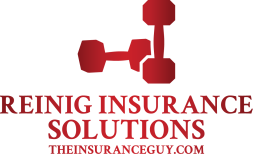There are several tests that your clients should be aware of many to be used during the workout and one before they start their workout. There are sets of evaluations that are designed to self-guide exercisers as they go, the CDC recommends understanding your own level of — “While doing physical activity, we want you to rate your perception of exertion. This feeling should reflect how heavy and strenuous the exercise feels to you, combining all sensations and feelings of physical stress, effort, and fatigue.”
Personal Evaluations
The two best known tests include the talk test and taking your heart rate. The talk test is easiest way to measure workout intensity. When you’re doing moderate-intensity activity you can talk, but not sing, during the activity. With vigorous-intensity workouts you will only be able to say a few words without pausing for a breath.
Taking your heart rate is the standard that has been around since leg warmers and aerobic classes. Clients check their heart rate by taking their pulse for a full 60-second count of the heartbeats, or take for 30 seconds and multiply by 2. A chart provided by the CDC tells exercisers what their BPM (beats per minute) should be for their age and the intensity of their activity.
Two Different Evaluations
Two intensity tests that may require more guidance from your staff, in fact, many gyms post these charts on their club walls. The CDC recommends the Borg Rating of Perceived Exertion (RPE). This scale rates the level of intensity in exertion on a scale of 6 to 20 and has the person evaluate their feeling about their level of exertion. This can take some getting used to for a novice, and this is where your staff can come in handy.
Another evaluation that has grown in popularity is the physical activity readiness questionnaire (PAR-Q). The British Columbia Ministry of Health and the Multidisciplinary Board on Exercise created the PAR-Q and it has been adopted by the American College of Sports Medicine. This evaluation may be a bit more streamlined for a client to implement, as it is a series of yes or no questions designed to help someone know what kind of exercise intensity they need in planning to start an exercise program.
Helping your clients stay on track and know their own limits will help them reduce injury and keep you from liability.

